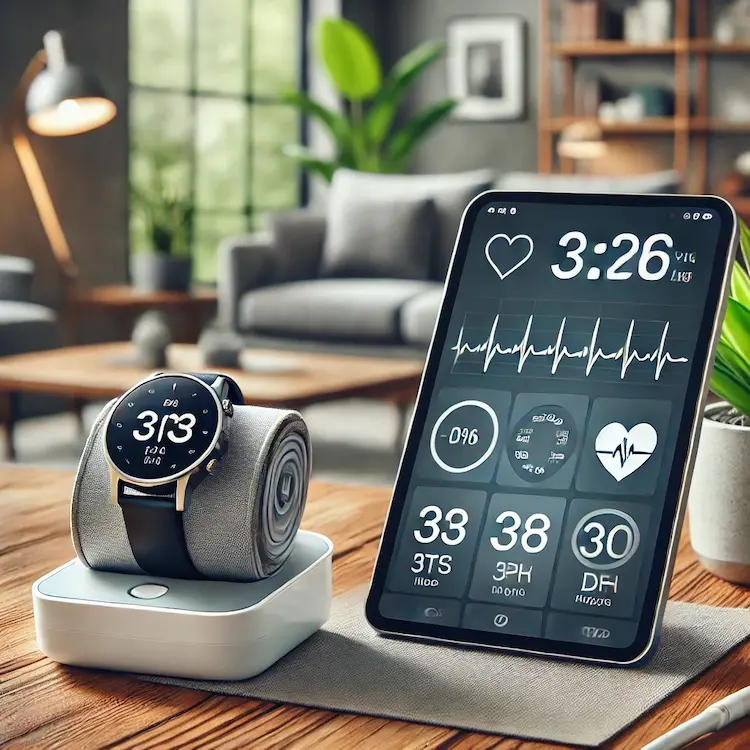In recent years, home blood pressure monitoring devices have undergone significant evolution, driven by advancements in technology, increased health awareness, and the global focus on preventive healthcare. This article explores the Future of Home Blood Pressure Monitoring Devices, their future potential, and how they are reshaping health monitoring.
Home blood pressure monitoring is vital for managing hypertension, which affects over 1.28 billion adults globally, according to the World Health Organization (WHO). These devices empower individuals to track their blood pressure consistently, facilitating early detection of abnormalities and enabling timely interventions.

The evolution of blood pressure monitors is closely tied to innovations in digital health technologies.
Wearables like smartwatches and fitness bands now offer blood pressure monitoring capabilities.
Cuffless devices eliminate the need for traditional inflatable cuffs.
Artificial Intelligence is revolutionizing health monitoring by analyzing vast datasets for better predictions.
| Device Type | Accuracy | Ease of Use | Cost | Future Potential |
|---|---|---|---|---|
| Traditional Cuffed Devices | High | Moderate | Affordable | Continued relevance for clinical validation. |
| Wearables | Moderate | High | Mid-range to High | Expansion into broader health metrics. |
| Cuffless Devices | Moderate | High | High | Increasing adoption with better accuracy. |
Big data and telemedicine are pivotal in the future of blood pressure monitoring. Devices connected to telehealth platforms allow doctors to monitor patients remotely, while big data analysis provides population-level insights to inform public health strategies.
By adopting advanced monitoring tools, individuals and societies can better manage health risks and contribute to a healthier future.